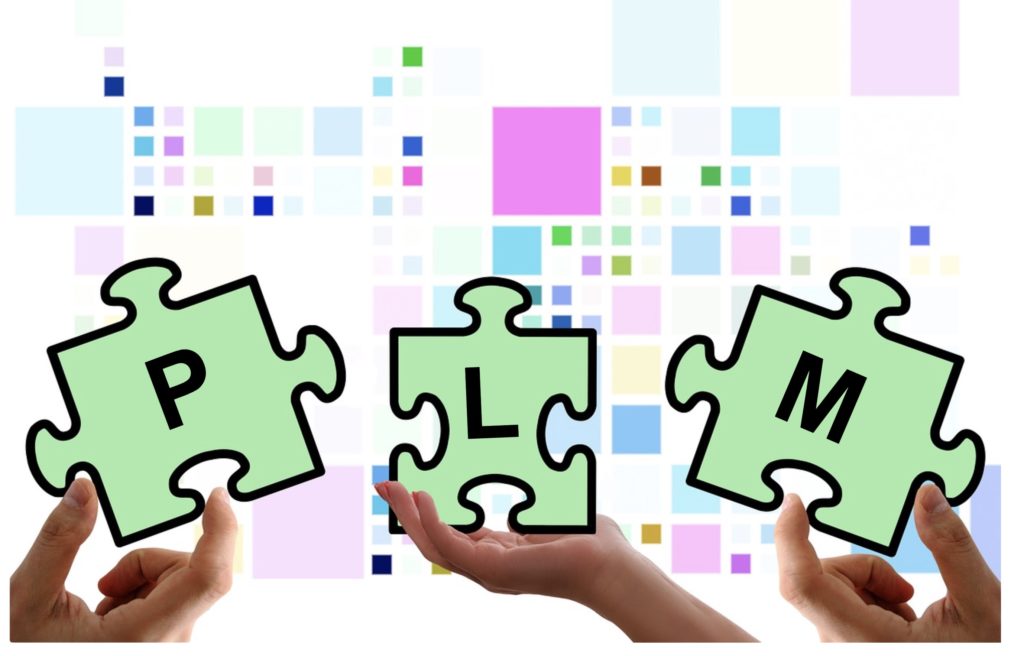
Omne Trium Perfectum. Friday is a special day and I’m always trying to make Friday blog special. I’ve been thinking about the magic of number three. If you’ve been in communication for a long time, you’ve no doubt came across the phenomenon of the rule of three. It is very powerful. The words grouped into threes are usually more appealing and very easy to remember. Also, our brain is a pattern thinking machine. Our brain is always looking for relationships and meaning. I found it interesting that three is the smallest number our brain needs to create a pattern.
The rule of three was known and used by many politics and managers. Here are a few examples. I grew up in the Soviet Union and the following article written by V.I.Lenin was a cornerstone of the communist education – The Three Sources and Three Component Parts of Marxism. From a completely opposite part of the world, the American Declaration of Independence.states “the inalienable right to life, liberty and the pursuit of happiness’”. From my years spent in Israel, I remember the joke, that everything in this life can be divided into three pieces, except for the chicken in IDF, which can be divided into four pieces. Finally, the famous Barack Obama slogan he used to win the US election was “Yes, we can” also contains three words.
It made me think about how to use the power of the rule of three to help people to understand PLM without using cyclic definitions like PLM is about the management of the product life cycle. Also, to help to escape from some abstract definitions of PLM as a business strategy and set of practices.
So, here are my three sources and three component parts of PLM.
1- Product Information
Product information describes the product, what it contains, any characteristics, connected pieces of information, relationships, and many other things. Without clear information, we don’t know what to build, what components to use, from whom to buy the parts, and how to assemble the product. For the product, which is already built, product information describes the maintenance, spare parts, and who and how used this product. Each product needs to be designed first and this is a stage where product information is created for the first time. To have product information in the most complete form is absolutely important. PLM provides tools to create and manage product information in different forms – requirements, CAD design, production planning resources, Bill of Materials, and many others. The ways product information can be defined were evolving from paper drawings to modern digital twins.
2- Lifecycle Stages
The fundamental aspect of PLM is to define stages that can be used for the product to evolve through its life. These formal stages allow us to isolate silos and to provide a context for product information allowing us to complete product definition and, at the same time, to connect them together. Each stage characterized by a specific set of information needed to manage production activities as well as describe relationships and the process.
3- Change Processes
Finally, change processes are a way to transform product information and by doing so to create a formal way for data and people are connected together. The change process defines a set of procedures and information that needs to be provided, including people’s roles (or names) that require to be involved in the process. On a high level, it defines how a product evolves. On the detailed level, it describes product information and activities that can be performed (eg. ECO process describes a bill of materials, list of changes, and people that needed to approve it).
What is my conclusion?
There are so many definitions of PLM. In this article, I wanted to use the rule of three to explain PLM in the most simple and easy form. Nothing can happen without product information – data, structure, documents combined together to create a definition for the product that needs to be built or to describe the product that is under maintenance or disposal. Clearly defined lifecycle states are instrumental to define how a product is evolving from virtual to physical representation. Finally, the change process is the way to transform product information between lifecycle stages. I will take some time to drill down in each of these sources and component parts of PLM. Meantime, Happy Friday and Have a good weekend. But remember, Omne Trium Perfectum. I hope you liked my PLM definitions using the rule of three. Just my thoughts…
Best, Oleg
Disclaimer: I’m co-founder and CEO of OpenBOM developing cloud based bill of materials and inventory management tool for manufacturing companies, hardware startups, and supply chain. My opinion can be unintentionally biased.
The post The Three Sources and Three Component Parts of PLM appeared first on Beyond PLM (Product Lifecycle Management) Blog.



Be the first to post a comment.